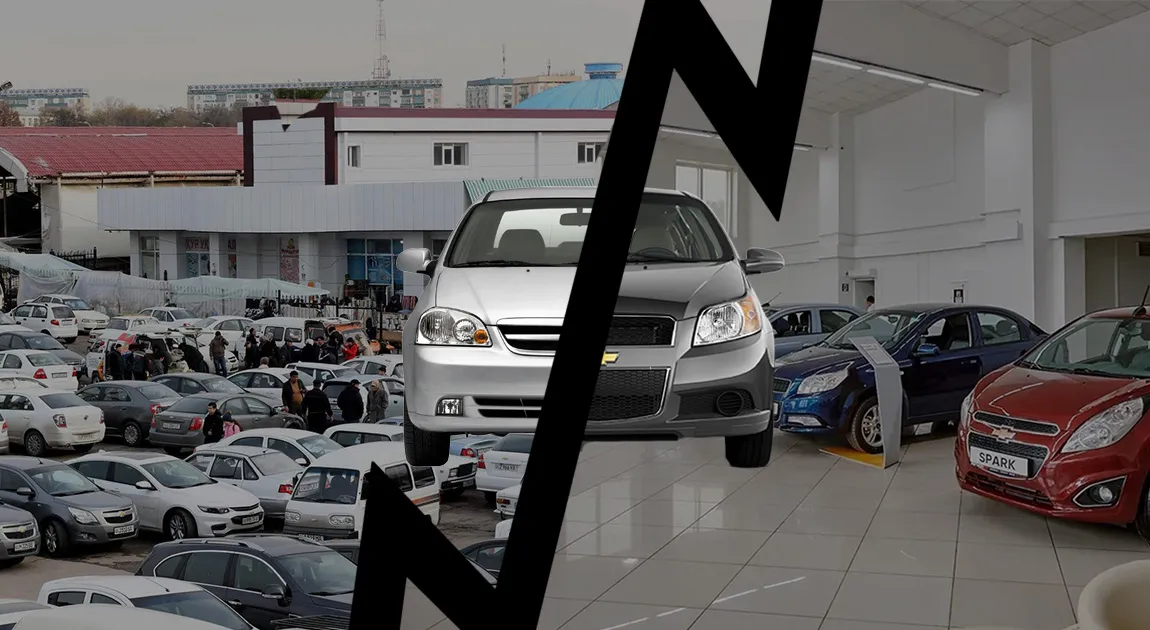Everyone who is on the verge of buying a car is faced with a choice that sometimes seems no less important than the purchase itself: buy a new car directly from the salon or choose a used version. This choice not only reflects the personal preferences of the buyer, but also significantly relies on financial capabilities and long-term plans for the future. Some are looking for impeccable condition and the latest technological innovations, while others are evaluating the possibility of savings and the potential benefits of buying a car with a history. This dilemma often forces future owners to carefully weigh the pros and cons before making a final choice.
Purchase of a new car
Advantages of buying a new car
Buying a new car offers a number of advantages, not the least of which is predictability and convenience. One of the most important aspects is the predictability of expenses: when buying a new car, you know exactly what you are getting, and you can be sure that there are no hidden problems or the need for unexpected repairs. In the first years of operation, maintenance costs are minimal, which not only reduces the total cost of ownership, but also contributes to the owner's peace of mind.
Another significant advantage of new cars is the availability of a manufacturer's warranty, which provides free repair or replacement of components that fall under the terms of the warranty. This significantly reduces the risks for the buyer and provides an additional level of protection.
The new cars also offer the possibility of full customization: from the body color to the choice of interior and additional options. This allows customers to get a car that perfectly suits their tastes and needs. In addition, the new models are equipped with the latest technological innovations in the field of safety, comfort and fuel economy, which makes driving more pleasant and safe.
Financing is an important aspect: new cars often attract lower interest rates on loans and leases, which can significantly reduce the total cost of the loan.

Disadvantages of buying a new car
For all its advantages, buying a new car has its drawbacks, which can significantly affect the decision of a potential buyer. One of the most significant disadvantages is the higher cost and faster depreciation. New cars lose a significant part of their value in the first few years after purchase, especially in the first minutes after leaving the salon. It is estimated that some models may lose up to 20-30% of their original cost in the first year of operation. This means that if the car is sold in a few years, the owner will not be able to return a significant part of the invested funds.
Another significant disadvantage is higher insurance costs. Insurance companies often set higher rates for new cars, given their higher market value and the cost of possible repairs in the event of an accident. This increases the monthly or annual operating costs of the car, which can be a significant burden on the owner's budget.
In addition, strict maintenance conditions are required to maintain the warranty on new cars. This includes mandatory maintenance at authorized dealers or certified services, which can be significantly more expensive than the services of independent service stations. In addition, some manufacturers deprive new cars in Uzbekistan that have installed gas cylinder equipment (GCE) of warranty service rights. These obligations not only create additional costs, but also limit the choice of the owner regarding the place of repair work.
Thus, despite the attractiveness of new cars, it is important to take into account the possible financial consequences of their purchase.
Purchase of a used car
The advantages of buying a used car
Buying a used car can offer a number of significant advantages that make this option especially attractive to many buyers. One of the key factors is the lower initial cost. Used cars are significantly cheaper than their new counterparts, which allows customers to save significant money on initial purchase. In addition, used cars lose their value more slowly than new ones, which means less monetary loss in case of resale after a few years.
The large selection of used cars on the market is another significant advantage. Buyers can choose from a wide range of models, model years and trim levels, which often allows them to purchase a more premium model or a car with a rich package at a price comparable to the base model of a new car. This makes the used car market attractive to those who are looking for certain characteristics or a brand of car that would be unaffordable when buying a new one.
Another important factor is that many used cars are sold after initial maintenance. This means that the previous owner probably fixed some initial problems or flaws that may occur in new cars. It also often happens that the car is already equipped with additional accessories, such as winter tires or crankcase protection, which further reduces the initial costs of the new owner for these elements.
Together, these factors make buying a used car an attractive alternative for many buyers, especially those who are looking for the best value for money.

Disadvantages of buying a used car
With all the obvious advantages associated with buying a used car, there are certain risks that need to be taken into account. One of the main drawbacks is the potential for hidden problems. These can be minor defects, as well as serious damage related to previous accidents, improper maintenance or wear of individual components. Such problems are not always noticeable during the initial inspection, and may require significant additional investments after purchase.
That is why it is especially important to carefully check the car before buying. It is recommended to involve a qualified mechanic or a diagnostic specialist who can detect potential problems and assess the overall technical condition of the car. This helps to avoid unforeseen expenses and will save you from buying a car, which can become a source of constant problems and costs.
In addition, it is worth preparing for the highest possible long-term maintenance costs. Used cars tend to require more frequent and expensive maintenance because many of their components are already worn out or are nearing the end of their service life. This is especially true for cars older than five years or those with high mileage.
What is the result?
The choice between a new and a used car depends on many personal factors, among which the budget is perhaps the most significant. It is important to consider not only the initial purchase price, but also the upcoming costs of maintaining and maintaining the car. The typical use of a car should also be taken into account: daily commuting requires reliability and economy, while a wider range of options can be considered for long-distance trips.
The preferred period of car ownership also plays an important role. If you plan to own a car for a long time, the new model may be more preferable due to the low long-term repair and maintenance costs. On the other hand, if a car is needed for a short period of time, a used car is better, it is more profitable, because reselling it will be less expensive.
Particular attention should be paid to how much time and effort the buyer is willing to invest in maintaining the car. New cars, as a rule, require less attention and additional investments in the first years of operation, which makes them a convenient choice for those who do not want to visit service centers often.
Conclusion
Choosing between a new and a used car is not only a financial choice, but also a decision that depends on many practical considerations. It is important not only to assess your current financial capabilities, but also to think about future operating and maintenance costs. It is recommended to seek professional advice, especially when considering buying a used car, to ensure that it is in good condition and to conduct an honest and profitable transaction.
This approach will help you make a deliberate choice that will delight you with reliability and comfort for many years.



